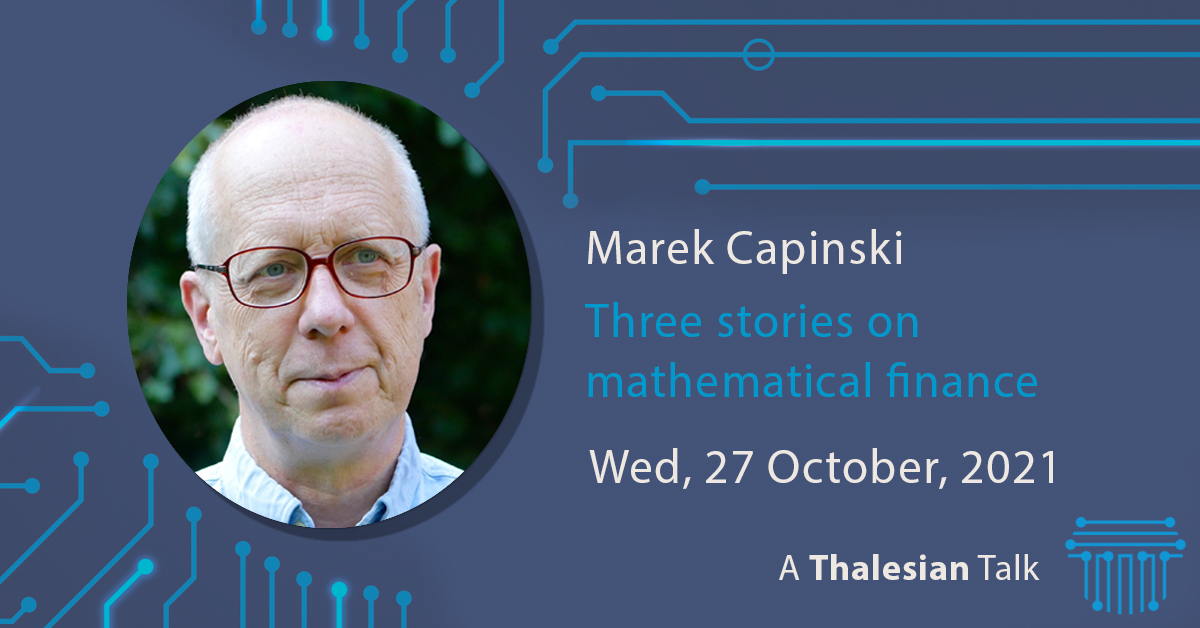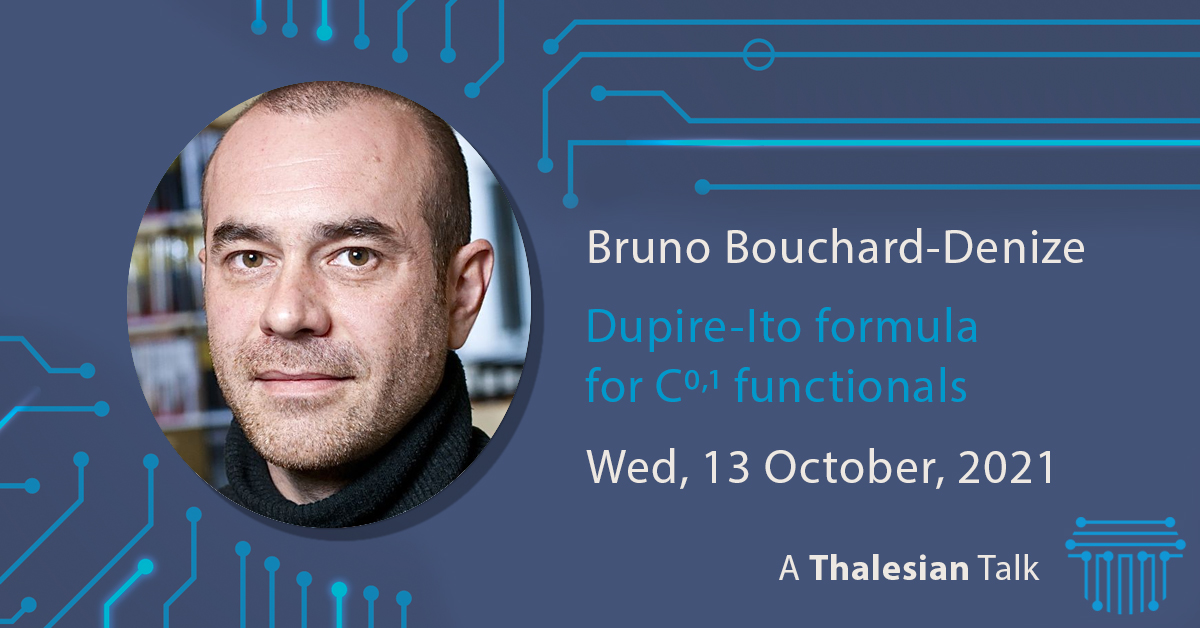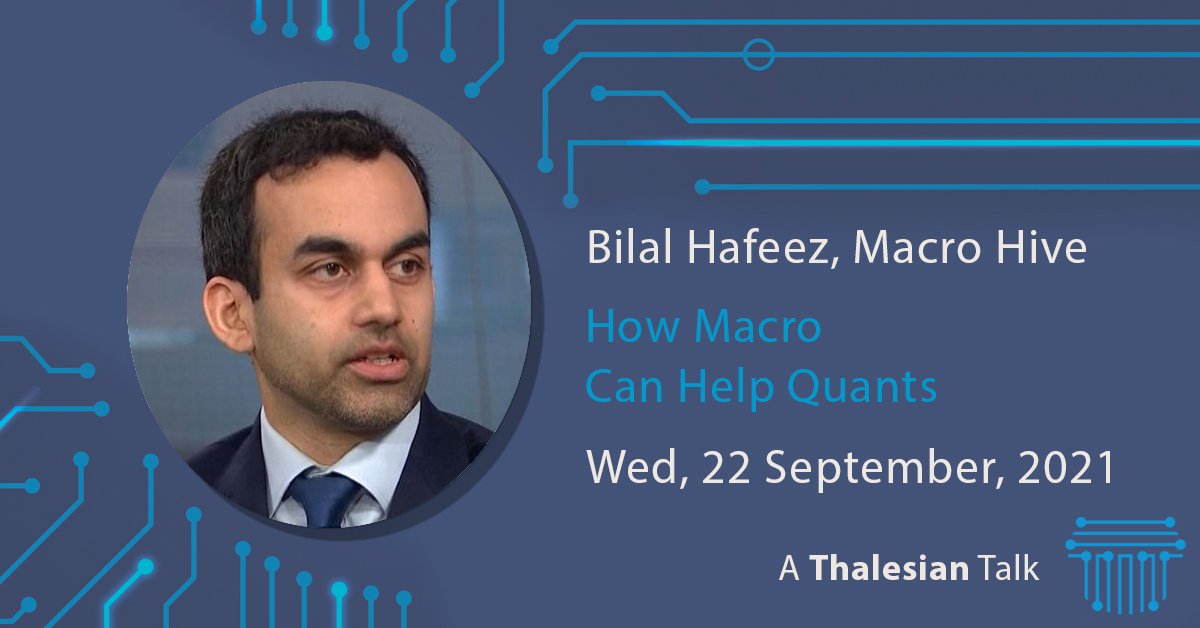Andrea Barbon: Gamma Fragility
We document a link between large aggregate dealers’ gamma imbalances and intraday momentum/reversal of stock returns, arising from the potential feedback effects of delta-hedging in derivative markets on the underlying market.
This channel relies on limited liquidity of the underlying market, but it is distinct from information frictions (adverse selection and private information) and funding liquidity frictions (margin requirement shocks). We test our joint hypothesis using a large panel of equity options that we use to compute a proxy of stock-level gamma imbalance.




